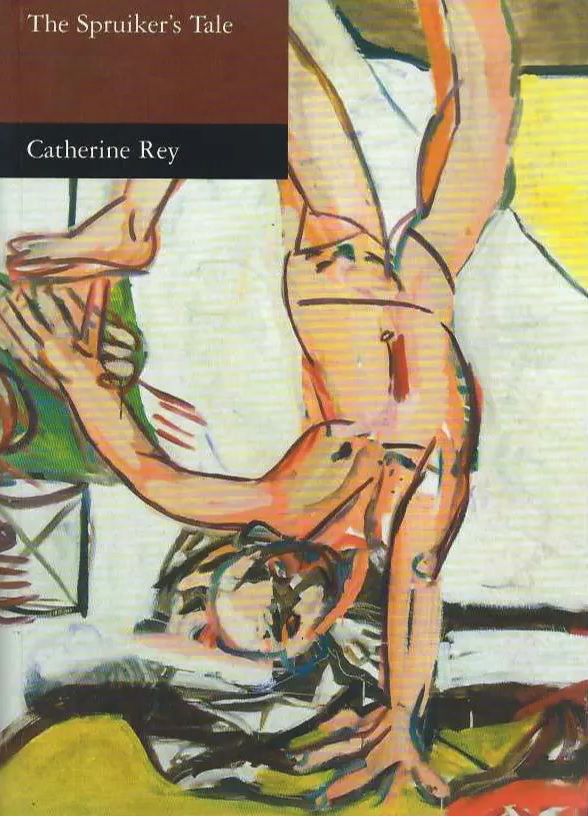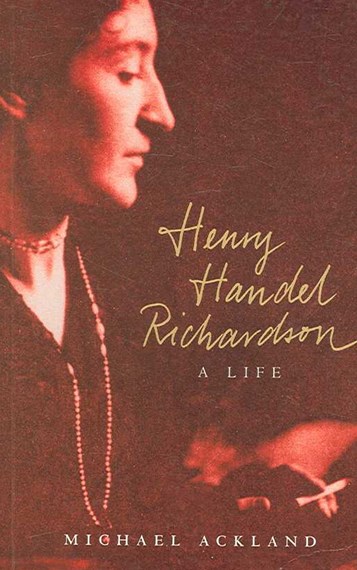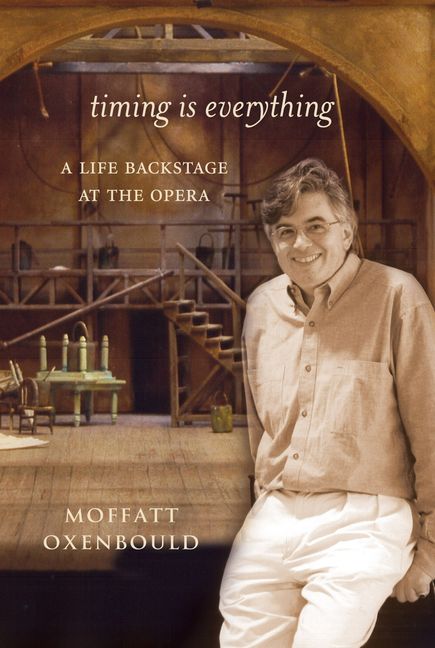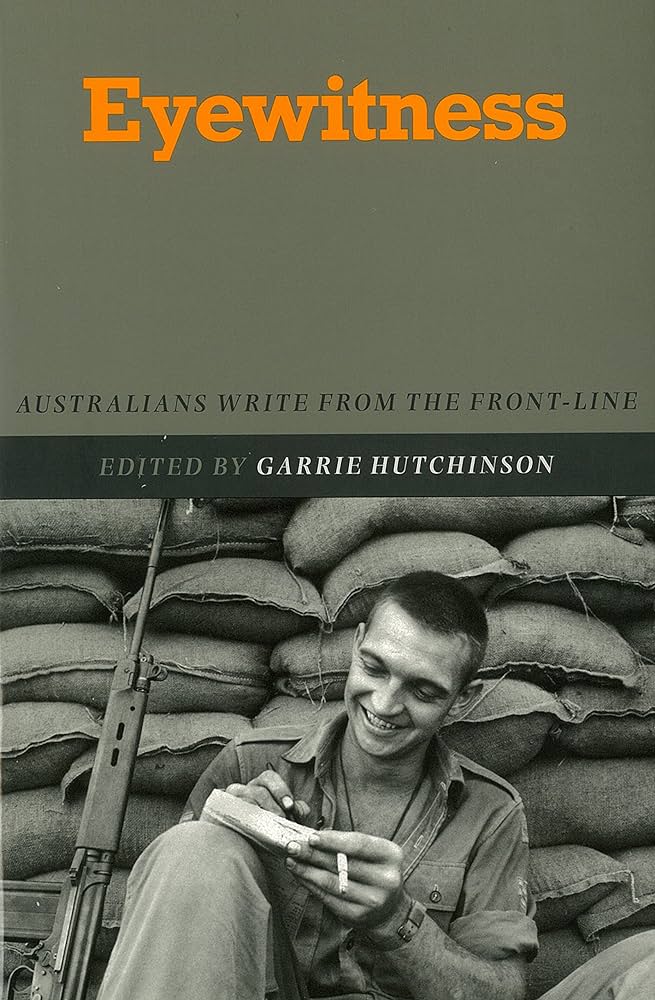Archive
The Spruiker’s Tale by Catherine Rey (translated by Andrew Riemer)
by Denise O'Dea •
Mixed Relations: Histories and stories of Asian–Aboriginal contact in north Australia by Regina Ganter (with Julia Martinez and Gary Lee)
by Tim Rowse •
Timing Is Everything: A life backstage at the opera by Moffatt Oxenbould
by John Slavin •
What Was It All For? by Don Aitken & Australia Fair by Hugh Stretton
by Dennis Altman •
Eyewitness: Australians write from the front-line by Garrie Hutchinson
by Martin Ball •
Australian Dictionary of Biography: Supplement, 1580–1980 by Christopher Cunneen
by Paul Brunton •
Australia Imagined: Views from the British periodical press, 1800–1900 edited by Judith Johnston and Monica Anderson
by David Carter •










